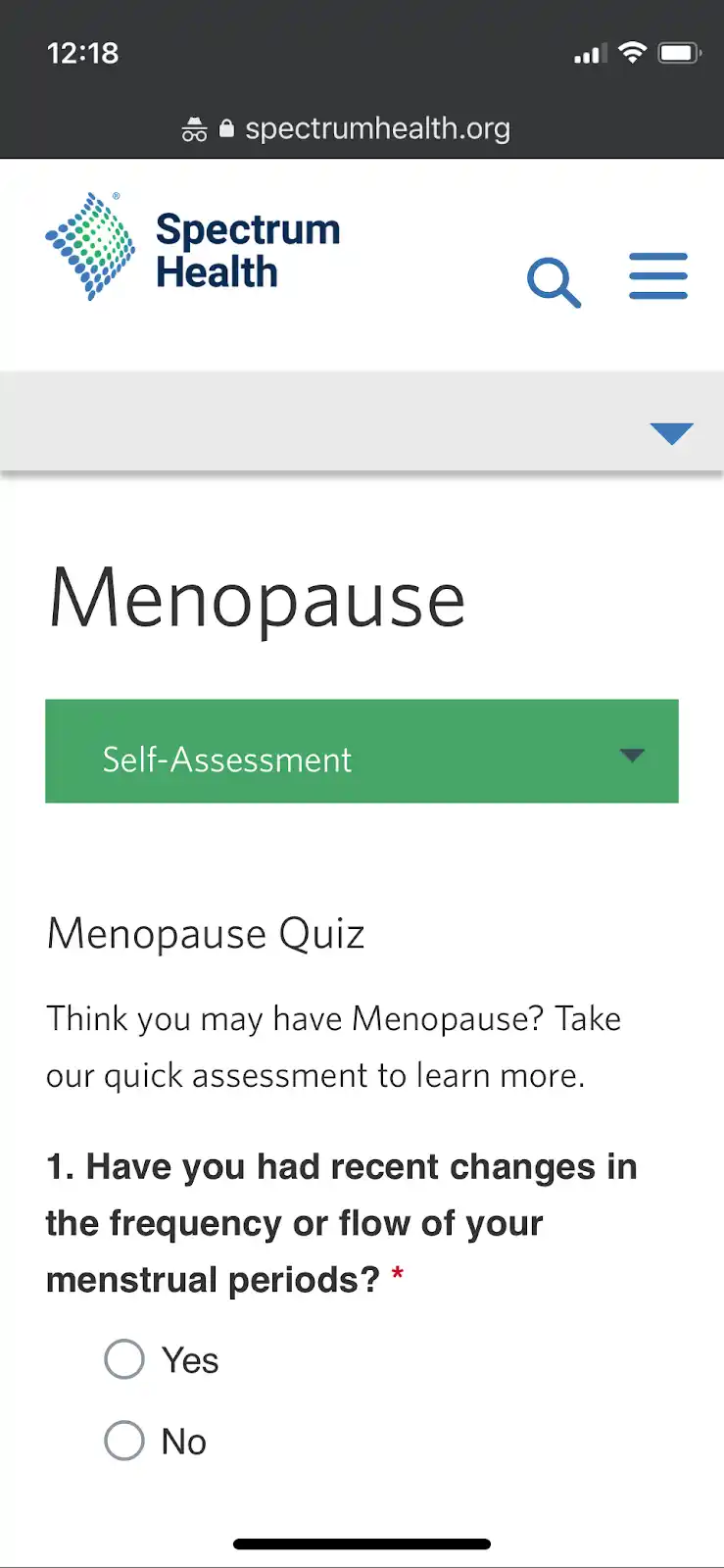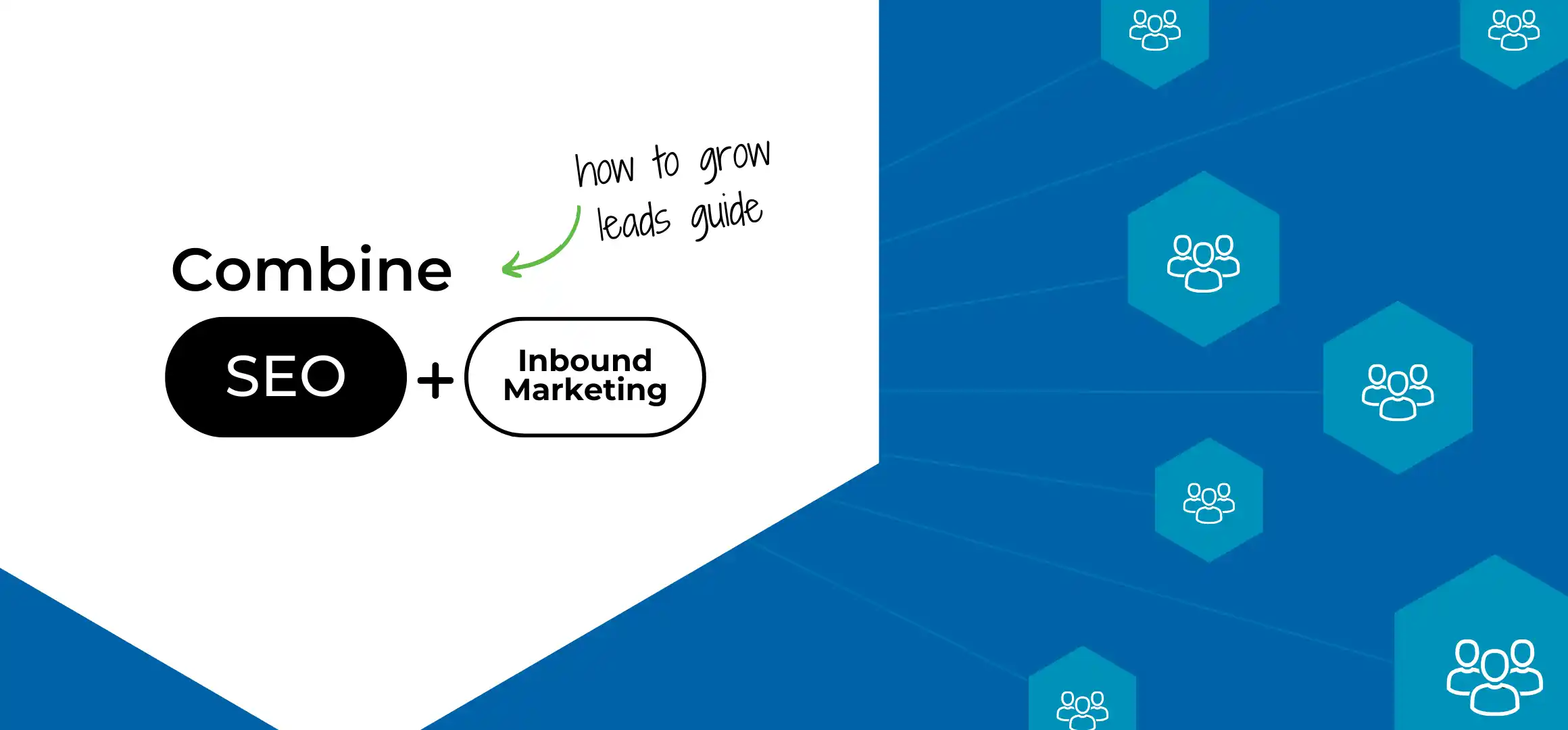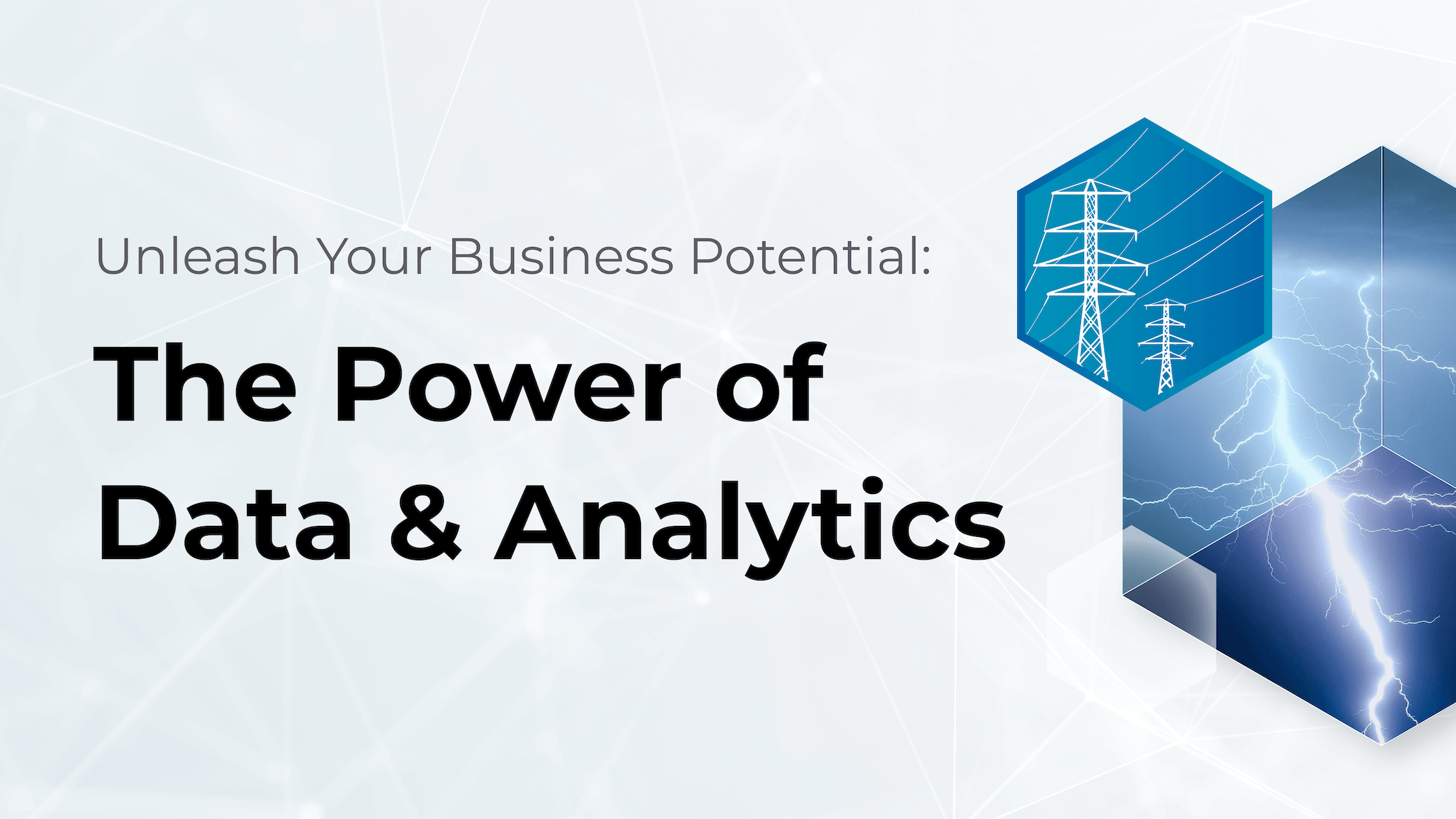Amid a broader shift toward privacy-forward advertising, digital marketing leaders have the challenge of placing their bets on which marketing tactics will be most effective in the new landscape.
Cookie-based behavioral segmentation is quickly becoming a thing of the past. Tracking on mobile devices is fragmented and opaque. Both consumers and politicians have expressed a firm intention to continue unravelling the threads that held together the fabric of many brands’ traditional tracking and targeting strategies.
This means advertising tactics that have proven successful in the past—like web-based remarketing and behavioral targeting—are not likely to carry the same efficacy in a privacy-forward future.
So, where should you shift your marketing resources?
Encourage opt-in by producing value-added marketing
In a privacy-forward world, one of the simplest and most straightforward ways for brands to succeed will be to compel prospective customers to opt-in to their marketing. Put another way, if you can get a prospective customer to give you their contact information—such as their email address or phone number—it will open the door to a universe of proven, privacy-forward acquisition strategies.
But, how do you get customers to engage? By providing delightful and exclusive experiences that compel them to engage. Free trials. Webinars. Rewards like free shipping or access to an insider community. Gated content like expert advice and how-to guides, which require users to opt-in before viewing. These are strong mechanisms to start a consenting relationship with prospective customers.
If you don’t already have a robust strategy to create these delightful value-added experiences, then now is the time to shift your resources. It varies by industry, but typically you’ll need copywriting, design, web development, and supporting technologies such as webinar solutions.
Drive personalization by creating experiences that ask questions
In the old wild west of cookie-based tracking, you learned about users based on their online behavior—which pages they visited and which apps they used. For example, a user of a parenting app is likely to be growing a family. With this knowledge, you could personalize your creative with family-related imagery and personalize your landing page with family-friendly merchandise.
With traditional behavioral tracking on the decline, you need another mechanism to learn about users. So why not just ask them?
For women seeking relief from the symptoms of menopause, hospital system Spectrum Health goes beyond simply capturing an email address. They use a Menopause Quiz to engage consumers and learn more about their needs, which opens the door to segmentation and personalized experiences.

For people searching for homes, Zillow asks “What type of listings would you like to see?” and then personalizes the experience based on your answer.
When it comes to resources, you’ll probably need web developers and copywriters to create the inquisitive experiences. And you’ll want to configure your CRM (customer relationship management) system to segment users and create a detailed user profile based on their answers.
Take contextual ads to the next level
While it’s been around for decades, contextual advertising is undergoing a renaissance. Not only is it privacy-friendly, but also vendors like GumGum are rapidly improving the precision of targeting through artificial intelligence.
Instead of targeting ads based on the user’s identity, contextual ads are targeted based on the page’s content. For example, an airline ad might show on a vacation travel blog.
The right resources are key. First, you should plan a vendor evaluation to determine which contextual ad vendor currently has the optimal inventory and categories for your vertical. You should also anoint someone to analyze the reporting on a regular basis and to identify the context that drives the strongest performance. In turn, your creative team should use these findings to create new ads based on the top-performing context.
Use email and phone segmentation to power personalized remarketing
In contrast to cookie-based remarketing, phone- and email-based remarketing remain strong opportunities in a privacy-forward world. With a consenting relationship, you can upload lists of people to networks like Google and Facebook for 1-to-1 targeting.
In addition to solid creative, another key to success is segmentation. Rather than targeting one big audience of prospective customers, the most successful brands do the legwork to segment their audience and serve personalized ads accordingly. For example, a health insurance company can start by dividing users into basic segments based on their stage of the journey:

Once the basics are in place, you can take it to the next level by segmenting further based on characteristics like gender, family status, interests, and propensity to purchase.
You’ll want to invest in technical resources to automate the connection of your first-party CRM data to your ad networks. And, you’ll want to work with your legal resources to update your Terms & Conditions (that standard legal copy that’s typically at the bottom of a website) to gain consent from users to engage in personalized remarketing.
Create programs that activate existing customers
While turmoil in the tracking industry might make it harder to acquire new customers in the near-term, you can make up for some of the revenue shortfall by shifting efforts toward extracting more revenue from existing customers.
Most folks are familiar with points-based loyalty models like Sephora’s Beauty Insider program and paid membership models like Amazon Prime. Those are still going strong. But, some companies are evolving their programs to reflect the social values of their customers. Take The Body Shop, for example. By joining the Love Your Body Club, customers can earn rewards which they can choose to donate to one of several local partner charities, like the Canadian Women’s Foundation.
When it comes to resourcing, to make a loyalty program work you’ll need a commitment across your organization—from finance and customer relations—to web development and in-store experience. It’s an opportunity to exploit all of your natural customer touchpoints, but it takes consistency and coordination.
Speaking of starting a consenting relationship…
We hope you found this content valuable and would like to read more. Subscribe to our newsletter to stay up-to-date on the latest marketing insights.
About the author
Ty Martin is an award-winning digital marketing strategist and team leader who launched his first search marketing campaign on GoTo.com as a teenager in 1999. As an independent consultant, he helps corporate marketing teams and agencies increase performance, improve efficiency, and hopefully start dinner a little earlier. As the founder of Ad Bacon, Ty develops innovative technology to enhance SEM, social, display, and product ad performance. His new creation, Audience Kitchen is a Facebook target audience tool that helps advertisers with the challenge of how to target the right audience on Facebook. Audience Kitchen enables advertisers to search and browse an interactive list of Facebook interests, behaviors, and demographic targeting segments that are normally hidden from Facebook’s interface, unlocking a universe of more than 95,000+ Facebook audience targeting options.




